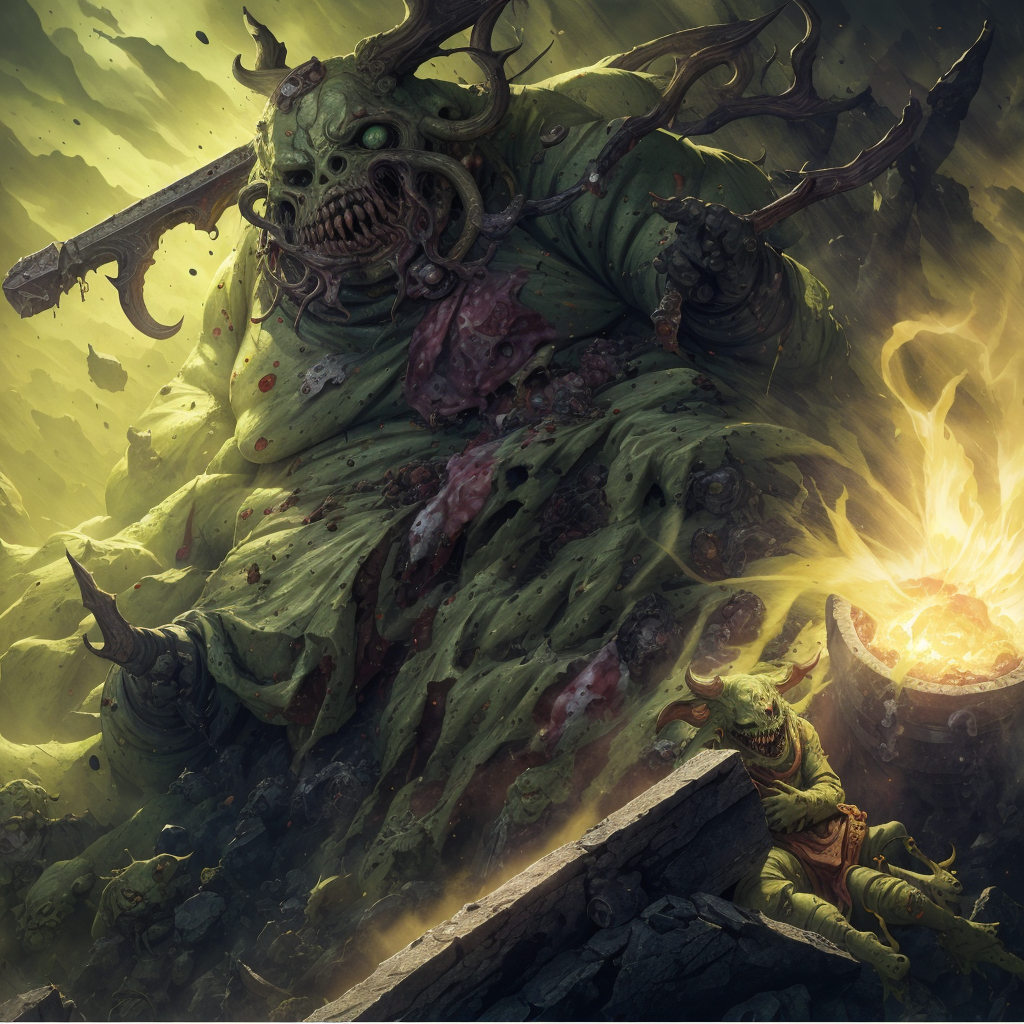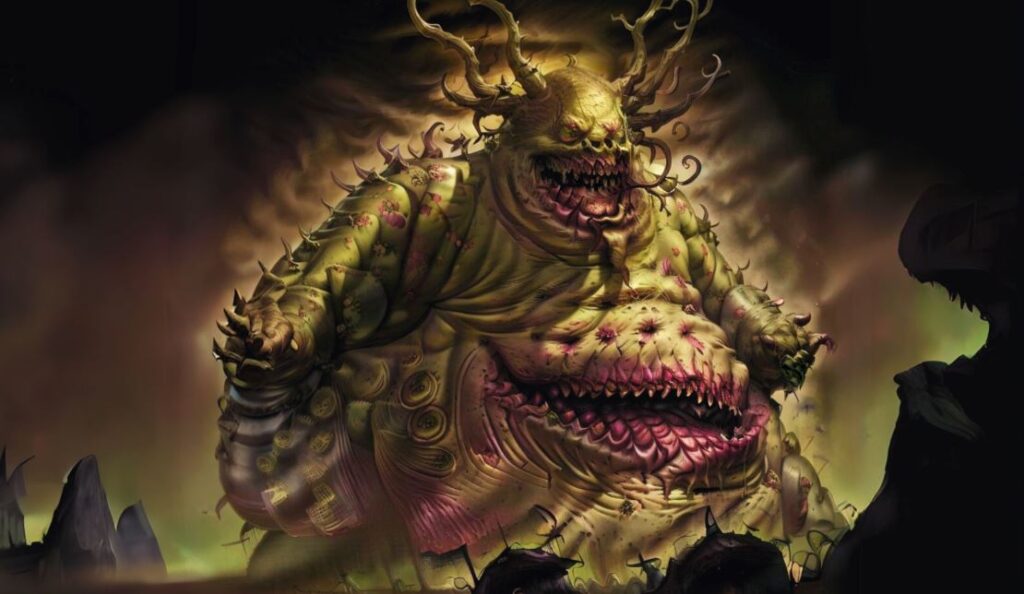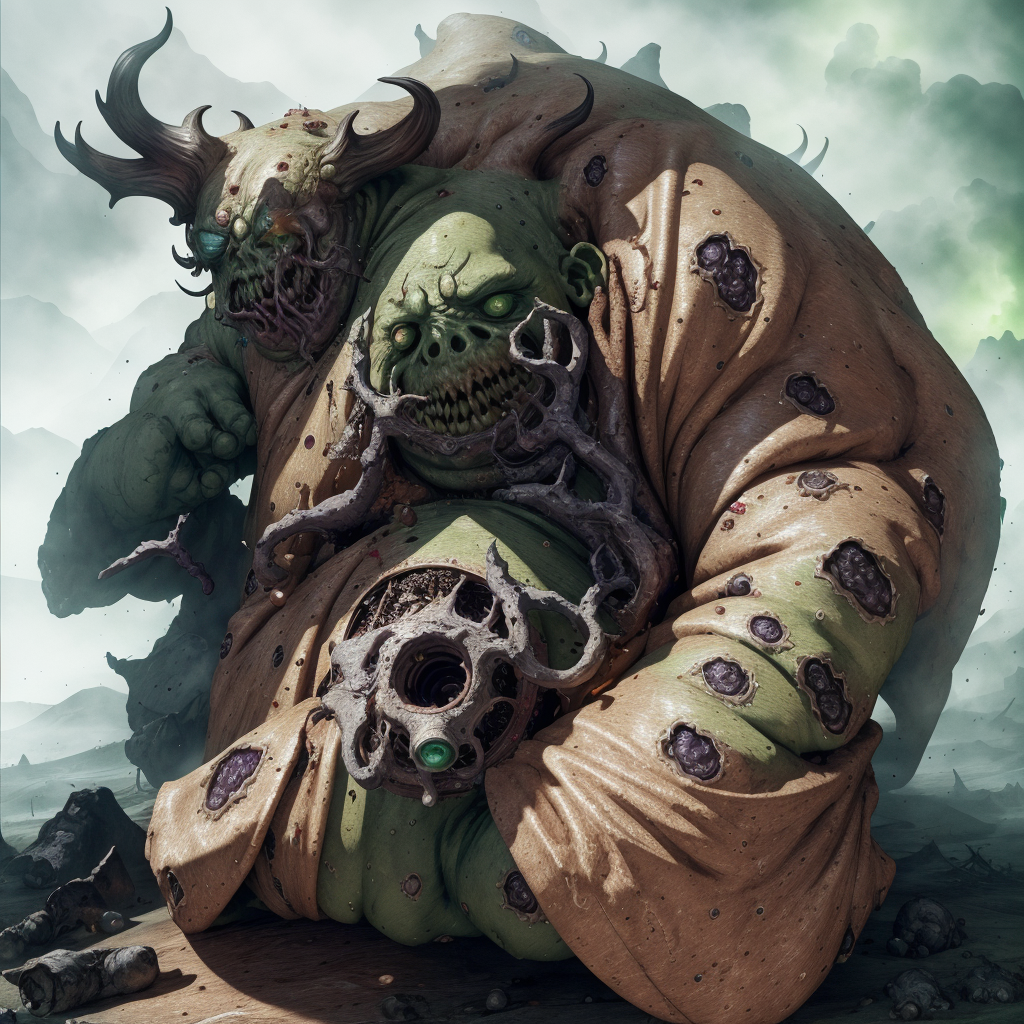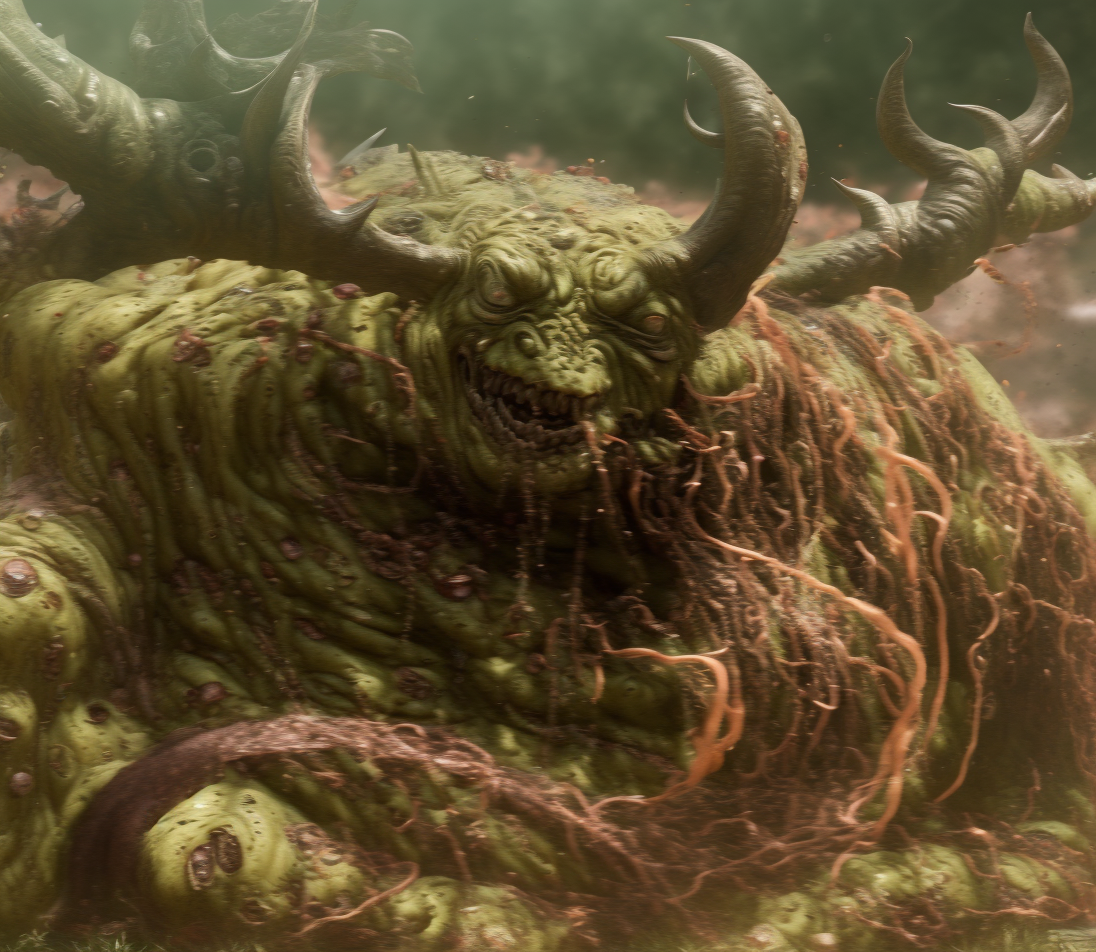Nurgle, the Plague Lord of Chaos
Nurgle, the Plague Lord of Chaos – Let’s take an in-depth look at this putrid yet captivating figure, his role in the grim darkness of the far future, and how his influence manifests across the war-torn galaxy.
Read a full overview on The Forces Of Chaos
Who is Nurgle?
Nurgle, also known as the Plague Lord, the Lord of Decay, and the Fly Lord, among countless other monikers, is one of the four major Chaos Gods in the Warhammer 40,000 universe. He is the embodiment of disease, despair, decay and the inevitable entropy and atrophy of all things.
Unlike the other Chaos deities who were created and empowered by the collective fears and desires of mortal creatures, Nurgle is believed to be the oldest of the Chaos Gods, as the cycles of fecundity and morbidity are as old as life itself. It’s said that Nurgle truly awakened as a major power during Old Earth’s Middle Ages, when great plagues swept across continents and claimed countless lives.
Nurgle’s Nature and Personality
While Nurgle is ostensibly a god of death and decay, his sphere of influence is not so straightforward. In many ways, he is also a god of life and resilience. After all, decay exists as part of the cycle of life, and from decomposition springs the opportunity for new growth. Nurgle embodies both the inexorable march of entropy and the stubborn defiance of mortal beings who refuse to succumb to despair.
This dichotomy manifests in the Plague Lord’s appearance and demeanor, as well as those of his daemonic followers. Nurgle is depicted as a grotesquely corpulent figure, his poxed and rotting bulk covered in oozing sores and writhing maggots. Yet he is most often described with a grandfatherly, even avuncular personality, jovially puttering around his pestilent garden and taking great satisfaction in “gifting” his diseases to the denizens of realspace.
Nurgle’s daemonic minions, from the lowliest Nurgling to the Greater Daemon known as the Great Unclean One, exhibit the same unsettling juxtaposition of hideous, decaying forms and cheerful, energetic personalities. Unlike the daemons of Khorne who exist only for slaughter, or even the capricious horrors of Tzeentch, Nurgle’s forces often see themselves as sharing their beloved grandfather’s beneficence with the mortal races.
Nurgle’s Garden
At the center of Nurgle’s domain in the Realm of Chaos lies the Garden of Nurgle. This unwholesome realm perfectly encapsulates the Plague Lord’s particular…. tastes. Rather than some barren wasteland, the Garden is a perversely vibrant place, teeming with every imaginable form of disease, infestation and blight.
Twisted, fungus-covered trees dot the mouldering, mulch-covered ground. Thick swarms of black, furry flies fill the air with their incessant droning. Muddy, stinking rivers flow with pungent fluids that can hardly be called water. It is said that every disease, every pox and plague to ever afflict the mortal races, has its origins in Nurgle’s garden.
At the center of it all stands Nurgle’s manse, an ancient, decrepit structure of rotting timbers and sagging walls that would collapse under its own mildewed weight in any sane realm, but which remains eternally standing thanks to the power of its noxious master. It is here that Nurgle works tirelessly at his cauldron, brewing up new and exciting pestilences to inflict upon the universe.
According to legend, it is here that Nurgle keeps his most prized possession (or at least the one most unrelated to blights and poxes). The Aeldari goddess Isha, consort of the dead war god Khaine, is said to be Nurgle’s prisoner, a “gift” from Slaanesh. The Plague Lord keeps her trapped in a cage and regularly tests his latest creations on her divine flesh. Being a goddess of healing, Isha recovers from each malady, but not before Nurgle can judge the efficacy of his concoctions. It’s said that she whispers the cures for these ills to mortals when the Plague Father’s attention is elsewhere.
Nurgle’s Followers
As the Chaos God most directly concerned with the machinations of mortals, Nurgle enjoys a great diversity of followers and worshippers across the galaxy. From the mighty warriors of the Death Guard Traitor Legion to gibbering mutant hordes, from fanatical plague cults to rotting Daemon Princes, Nurgle bestows his gifts on any who embrace entropy.
Foremost among Nurgle’s servants are the Death Guard, formerly the XIV Legion of Adeptus Astartes. These once-proud Space Marines fully embraced the worship of the Plague God during the Horus Heresy.
When their Primarch, Mortarion, became a Daemon Prince of Nurgle, he led his entire legion into damnation. Now the Death Guard act as Nurgle’s favored sons, elite spreaders of pestilence and despair across the galaxy.
On the other end of the spectrum are the uncounted mutants, traitors and heretics who turn to Nurgle out of desperation or perverse fascination with his plagues. Deformed beyond humanity and cast out by the Imperium, many find solace in Nurgle’s twisted embrace.
He becomes both a father figure and an object of worship for the outcasts and the lost.
Of course, no discussion of Nurgle’s followers would be complete without mentioning the Daemons of the Plague Lord. These festering, pus-ridden creatures manifest in reality as living avatars of entropy and pestilence. From the lowliest Nurgling to the Great Unclean Ones that lead Nurgle’s Plague Legions, all embody the Grandfather’s unclean bounty in their own nauseous ways.
Interested in starting your own Death Guard army? Checkout the article Death Guard Starter Set
The Gifts of Nurgle
Nurgle is known as a generous god (as far as the Chaos deities go, anyway) and he delights in showering his putrid blessings upon those who draw his attention. For some, these gifts may take the form of mutations, like a tentacle sprouting from an eye socket or an extra mouth growing in the palm of a hand. Others are “blessed” with Nurgle’s Rot or another supernatural disease, their bodies becoming bloated sacks of pus and contagion.
Favored champions may even receive sacred artifacts of Nurglite power, like the legendary Plague Swords carried by the Greater Daemons. These suppurating blades are said to be dipped in the filth pooled at the base of Nurgle’s throne, and even the slightest cut can blossom into a full-blown plague in seconds.
For more “mundane” followers, simply being in the presence of Nurgle’s gifts can lead to infection by more run-of-the-mill (but still hideously deadly) diseases like the Zombie Plague or the Gellerpox. In Nurgle’s eyes, every plague is a precious thing, and the Plague Lord takes just as much satisfaction in unleashing a standard disease as a bespoke one.
Nurgle and the Other Chaos Gods
In the Great Game played by the Chaos Gods within the Immaterium, Nurgle is often seen as the slowest and steadiest of the Ruinous Powers. Where Khorne acts with immediate, white-hot rage and Tzeentch schemes millennia-spanning plots, Nurgle is content to let his gifts spread across reality like a slow, inexorable tide. The Lord of Decay recognizes that atrophy and putrescence are part of the fundamental nature of reality – everything crumbles in time.
This often puts Nurgle at odds with the Chaos God Tzeentch, whose spheres of fate, ambition and change stand in direct opposition to Nurgle’s domains of despair and decay. Where Tzeentch seeks to raise empires and advance civilizations (so they might then fall and feed his power in new ways), Nurgle only desires for all things to crumble and rot, all mortal works and dreams dissolving into fetid mulch.
Yet even the Changer of Ways cannot fully escape Nurgle’s touch, as evidenced by the eternal, cyclical rot-war fought between their daemonic armies in the Realm of Chaos. Tzeentch’s crystal garden buckles and corrodes as Nurgle’s pestilent foliage encroaches, only to crystallize and shatter the Plague Lord’s own manse in time. The minions of both gods battle back and forth, locked forever in the same atrophy-and-renewal that afflicts all of reality.
Nurgle and the Mortal Realm
While the material universe may seem to exist in defiance of Nurgle’s putrid touch, the Plaguefather’s presence haunts its every facet. From the most gilded hive-spires of Imperial nobles to the dank sump-warrens of mutants and scavengers, disease and despair are ever-present threats.
In the grim darkness of the far future, ignorance and squalor are as common as hope is rare. The Imperium’s downtrodden citizens face lives of endless drudgery, often cut brutally short by illness, malnutrition or violence. Is it any wonder that some welcome Nurgle’s poxes as relief from their suffering? That others turn their misery into the the purest hate for life itself, seeking to share their newfound enlightenment with their fellow man?
Even those who fight in Nurgle’s name are not spared his blighted touch. From the pox-riddled bodies of the Death Guard to the fungal decay that eats at the flesh of his Daemon Princes, none are immune to the Plaguefather’s gifts. But those who embrace Nurgle’s blessings learn to find joy in their afflictions, a sense of belonging and purpose in their gradual putrescence. What are a few sores and lesions compared to the paternal approval of a Chaos God?
Conclusion
In the end, Nurgle endures as he always has, content in the knowledge that his works will outlive those of his fellow gods. While the blood-lakes of Khorne may dry up and the Crystal Labyrinth of Tzeentch may crumble, entropy will remain, an eternal and unyielding constant. Even in the face of a hostile universe, where men cling to their fragile works and rail against their inevitable demise, the Lord of Decay smiles his sickly smile. Nurgle, the Plague Father, knows the truth of the gods’ Great Game, and waits patiently for his final victory.
If you enjoyed this overview of the Plaguelord, let me know in the comments below! And for more engaging lore content, be sure to check out the Warhammer Universe YouTube channel. Stay safe out there, and try not to catch too many of Nurgle’s gifts!
If you are looking for a more in-depth look at the lore check the wiki!
Related posts:
 The Eye of Terror: Conquer the Secrets of Warhammer 40K’s Nightmare Realm
The Eye of Terror: Conquer the Secrets of Warhammer 40K’s Nightmare Realm
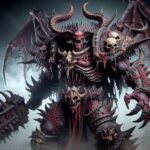
 World Eaters: Discovering the Bloody Legacy of Khorne’s Merciless Warriors
World Eaters: Discovering the Bloody Legacy of Khorne’s Merciless Warriors
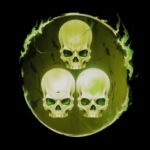 Death Guard Starter Set: Unleash the Plague – Starter Set Guide for Nurgle’s 40k Champions
Death Guard Starter Set: Unleash the Plague – Starter Set Guide for Nurgle’s 40k Champions

